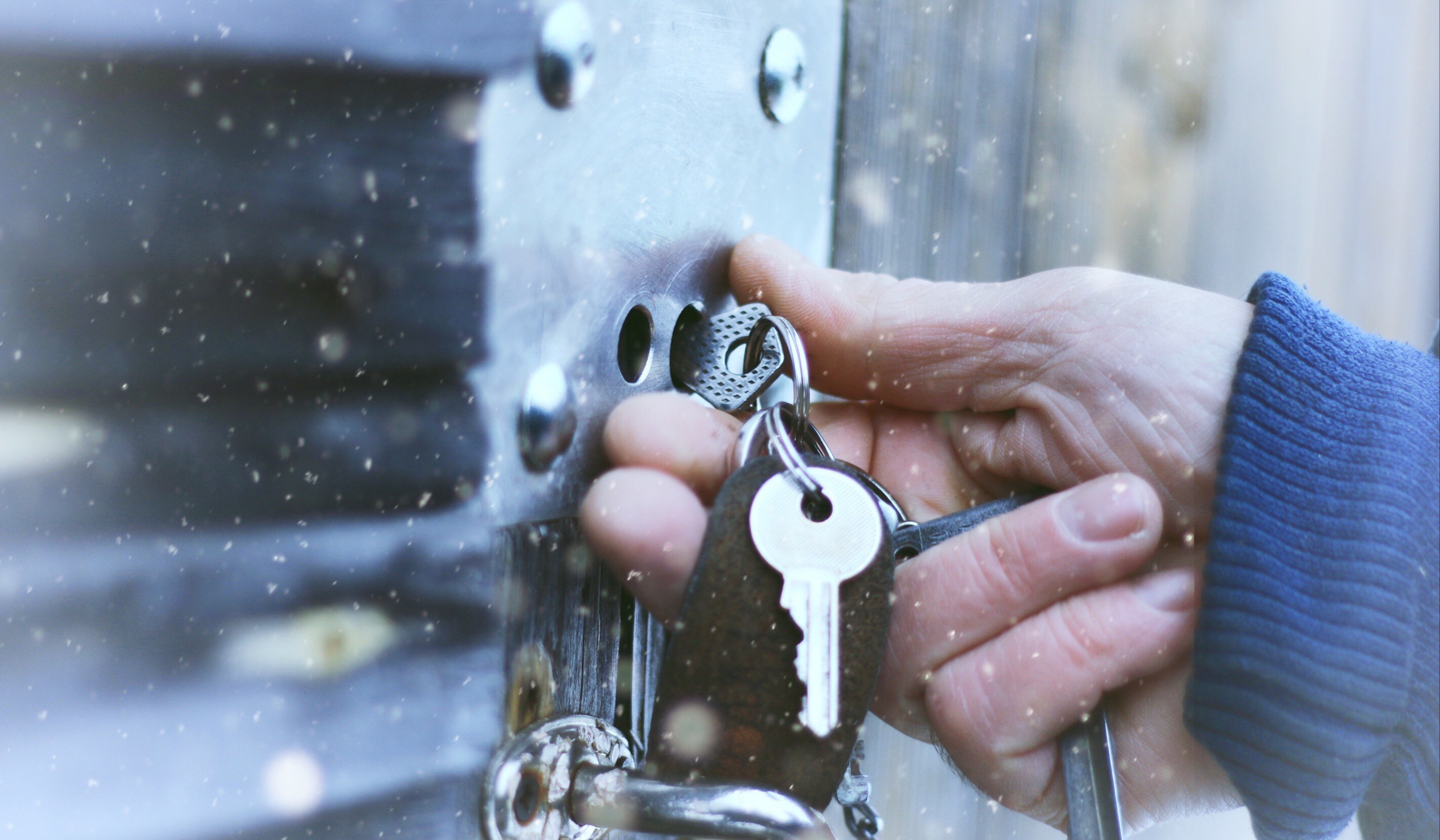
- ...
- Blog
- Establishing a Preventative Maintenance Program

The reactive maintenance approach “if it ain’t broke, don’t fix it” is expensive and inefficient. Vacation rental property managers wind up spending more time and energy repairing items than they do inspecting and maintaining them. But those who invest in maintenance programs can reap huge dividends down the road and save their owners significant costs. Simple tasks like cleaning condenser coils and gaskets on a refrigerator help appliances run efficiently and extend their lives. In fact, studies have shown that preventive maintenance can reduce repair costs by 20%. But cost savings aren’t the only benefits here. Properties that function as advertised result in happy renters and owners, leading to repeat business and a trusted brand.
Goals & Standard Operating Procedures
The first step in creating an effective preventative maintenance plan is to define your goals. Ask yourself the right questions: Is your primary goal to reduce the risk of emergency repairs, or to save money on recurring costs? What are the most important aspects of your property?
While the answers to the above questions might differ depending on your location and your owners’ expectations, every property manager should create standard operating procedures to dictate how each property item is maintained. Make sure your staff reads the document, and is familiar with the guidance you outline for each maintenance item. The most important component of this training is data capture, as accurate reporting is necessary for owner billing, inventory control and future process improvement.
Understanding your Inventory
The next step in setting up your preventative maintenance program is deep property data. Begin by recording the make, model, serial numbers, and condition of all electronics, appliances and equipment within your properties, as well as the inventory in your office and work spaces (this includes relevant information on company vehicles; such as oil change dates, tire replacements, battery replacements, repairs, etc.). A comprehensive list of these items will be invaluable to your company and your homeowners.
Schedule your Plan
First, use the data from your inventory to establish your maintenance priorities. Doing so will help avoid overloading staff with busy work, and will ensure the important items are taken care of first. The highest priority items are traditionally those involving safety, or those that cost more money and time to maintain.
Next, establish what items are maintained at certain times of the year and define your maintenance windows (e.g. your off-season for annual/semi-annual maintenance, and the time between check-out and check-in for weekly maintenance). Only then should you schedule your priority items, as well as maintenance for your company vehicles – knowing your access to certain vehicles can help prevent logistical delays.
Your lower priority items can fill the gaps in your schedule. Be mindful of giving your maintenance techs lower priority items in locations near their important tasks, as this will reduce unnecessary travel time.
Inventory and Property History Reports
Developing a preventative maintenance program works best when your homeowners participate. The best way to do this is to fully communicate the work that’s being done and what is necessary to maintain the property. Provide a full list of all services included in the program and explain why these services are cost effective. Timing is everything – promote the program when it’s time to renew your agreement, or when onboarding new clients. This transparent communication increases confidence in your property management services and improves owner relations.
In a competitive vacation rental market where managers are expected to provide more service to their guests and owners, the efficiency gains of a preventative maintenance program are necessary to keep up with the workload, particularly in high season when staff is stretched thin and there isn’t an hour to waste on a Saturday.
Ready to diversify your rental portfolio?
Streamline operations for short-term rentals and multifamily residential units with Breezeway's automated work coordination and guest experience tools to ensure guests and tenant satisfaction.
More from the Blog
Visit the blog


